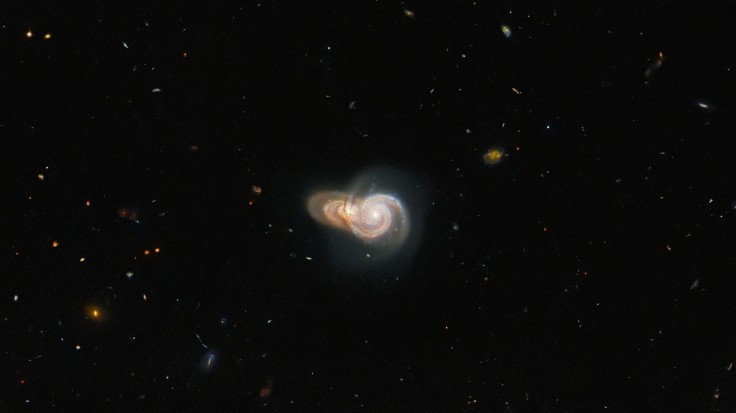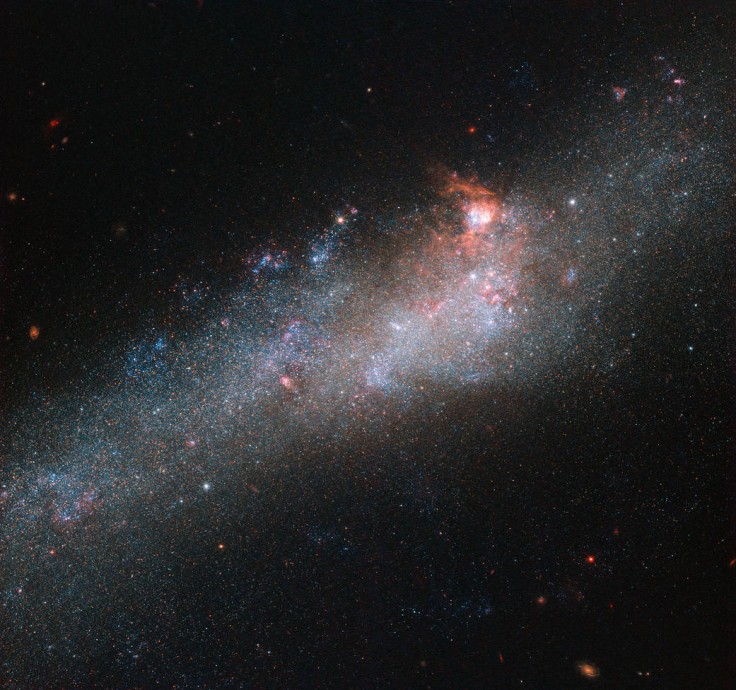
Have you ever wondered the size of the universe while gazing up at the night sky? Space is so vast that it could easily contain the whole human race.
It's so large that the majority of it has never been explored since we are in no way close to being able to explore and map an area this size. The most recent developments in modern physics and technology, however, have enabled scientists to catch a glimpse of galaxies that are more than a billion light-years away from Earth.
One of the most powerful observatories now in use, the NASA/ESA Hubble Space Telescope, has once again captured an amazing image of space.
Hubble Space Telescope Captured Two Overlapping Galaxies
Every day of the week, Hubble spends 24 hours a day observing the cosmos. In other words, it has witnessed a unique cosmic marvel every day of the year. In fact, it can see space millions and billions of miles away.
But have you ever wondered the possibility of an intersection between two galaxies, or perhaps more?
Well, that is what Hubble photographed recently, according to NASA.
The image above shows two spiral galaxies called SDSS J115331 and LEDA 2073461 that seem to be overlapping one another. But the big question is: are they actually in contact with each other?
NASA claims that although the two galaxies appear to collide in this image, there is no actual interaction between them.
According to a news story by Digitaltrends, the two galaxies were observed by Hubble's Advanced Camera for Surveys instrument.
Cases Where Neighboring Galaxies Interact With Each Other
As you can see in SDSS J115331 and LEDA 2073461's image above, the shape of each galaxy was preserved. As clarified by NASA, these two galaxies do not really touch each other.
But what would happen if two galaxies are adjacent to one another?
Let us see Hockey Stick Galaxy as an example.

As you can see from the image above, the galaxy has an odd shape. The unusual shape of Hockey Stick Galaxy is believed to be the result of interactions with a few nearby galaxies, including NGC 4631 (sometimes called The Whale Galaxy) and the elliptical NGC 4627.
According to NASA, this object was named as Hockey Stick Galaxy because "the galaxy is actually shaped like an elongated, warped stick, stretching out through space until it curls around at one end to form a striking imitation of a celestial hockey stick."
Of course, while this is believed by the scientist that the neighboring galaxies actually affected the Hockey Stick Galaxy's shape, we can't be sure if this is true for all galaxies which touched each other.
But these images will also remind us how vast the sky is, and how limitless a possibility that might surprise us in the future.









